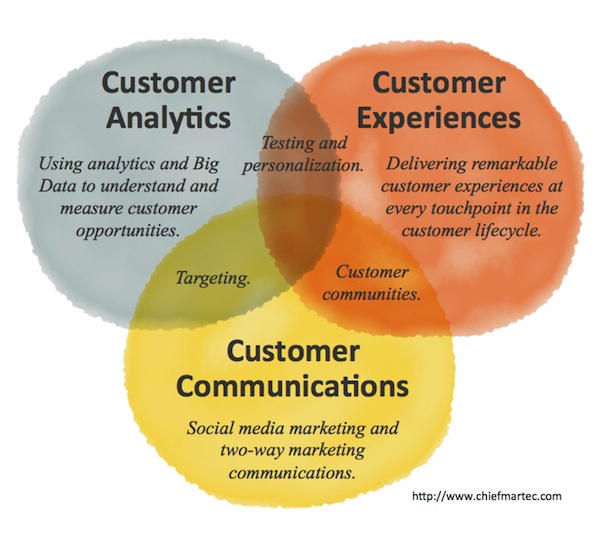It’s the beginning of a new year and you are tasked with responsibility for your enterprise to get top value from the organization’s information and knowledge assets. You are the IT applications specialist assigned to support individual business units with their technology requests. You might encounter situations similar to these:
- Marketing has a major initiative to re-write all product marketing pieces.
- Finance is grappling with two newly acquired companies whose financial reports, financial analyses, and forecasts are scattered across a number of repositories.
- Your Legal department has a need to categorize and analyze several thousand “idea records” that came from the acquired companies in order to be prepared for future work, patenting new products.
- Research and development is attempting to categorize, and integrate into a single system, R&D reports from an existing repository with those from the acquisitions.
- Manufacturing requires access to all schematics for eight new products in order to refine and retool manufacturing processes and equipment in their production area.
- Customer support demands just-in-time retrieval and accuracy to meet their contractual obligations to tier-one customers, often from field operations, or while in transit to customer sites. The latter case often requires retrieval of a single, unique piece of documentation.
All of these groups have needs, which if not met present high risk or even exposure to lawsuits from clients or investors. You have only one specialist on staff who has had two years of experience with a single search engine, but who is currently deployed to field service operations.
Looking at just these few examples we can see that a number of search related technologies plus human activities may be required to meet the needs of these diverse constituents. From finding and assembling all financial materials across a five-year time period for all business units, to recovering scattered and unclassified emails and memos that contain potential product ideas, the initiative may be huge. A sizable quantity of content and business structural complexity may require a large scale effort just to identify all possible repositories to search for. This repository identifying exercise is a problem to be solved before even thinking about the search technologies to adopt for the “finding” activity.
Beginning the development of a categorizing method and terminology to support possible “auto-categorization” might require text mining and text analysis applications to assess the topical nomenclature and entity attributes that would make a good starting point. These tools can be employed before the adoption of enterprise search applications.
Understanding all the “use-cases” for which engineers may seek schematics in their re-design and re-engineering of a manufacturing plant is essential to selecting the best search technology for them and testing it for deployment.
The bottom line is there is a lot more to know about content and supporting its accessibility with search technology than acquiring the search application. Furthermore, the situations that demand search solutions within the enterprise are far different, and their successful application requires far greater understanding of user search expectations than Web searching for a product or general research on a new topic.
To meet the full challenge of providing the technologies and infrastructure that will deliver reliable and high value information and knowledge when and where required, you must become conversant with a boatload of search related topics. So, where do you begin?
A new primer, manageable in length and logical in order has just been published. It contains the basics you will need to understand the enterprise context for search. A substantive list of reading resources, a glossary and vendor URL list round out the book. As the author suggests, and I concur, you should probably begin with Chapter 12, two pages that will ground you quickly in the key elements of your prospective undertaking.
What is the book? Enterprise Search (of course) by Martin White, O’Reilly Media, Inc., Sebastopol, CA. © 2013 Martin White. 192p. ISBN: 978-1-449-33044-6. Also available as an online edition at: http://my.safaribooksonline.com/book/databases/data-warehouses/9781449330439

